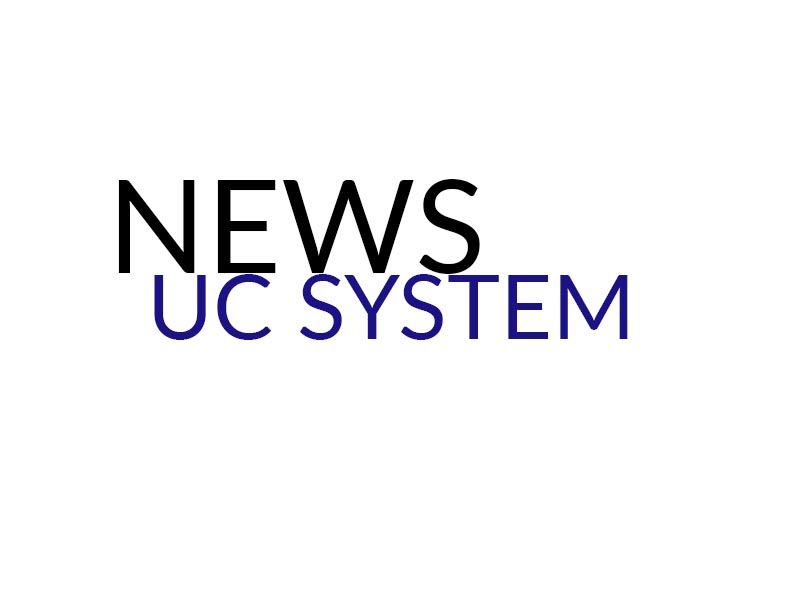The Obama administration appointed UCSD graduate DJ Patil to the positions of deputy chief technology officer for data policy and chief data scientist on Feb. 18.
Dr. Patil, who is the first-ever chief data scientist in the White House Office of Science and Technology Policy, explained the responsibilities of the unprecedented position on the official White House blog.
“My role as the U.S. CDS will be to responsibly source, process and leverage data in a timely fashion, to enable transparency, provide security and foster innovation for the benefit of the American public, in order to maximize the nation’s return on its investment in data,” Patil said.
Patil added that he will focus on developing personalized health care and precision medicine through President Obama’s Precision Medicine Initiative, integrating data from multiple sources to make connected data sets and ethically executing data-science policy.
According to UCSD mathematics professor David Meyer, Dr. Patil’s achievements are proof that an education in mathematics offers much more than moderate proficiency in arithmetic, and gives students an edge by encouraging critical thinking.
“DJ Patil’s success demonstrates the advantages that mathematical training provides. These are not, of course, the abilities to calculate using arithmetic, or algebra or even calculus, as we learn in elementary mathematics classes,” Meyer told the UCSD Guardian. “But the abilities to conceptualize formally and construct ever deeper, consistent theories as we begin to learn in high school geometry and as math majors continue to develop in their upper-division undergraduate courses.”
Dr. Patil graduated from UCSD with a bachelor’s degree in mathematics in 1996 and went on to earn a doctoral degree in applied mathematics from the University of Maryland in 2001. Many people credit Patil for devising the term “data scientist” to define his job on networking sites earlier in his career. The field of data science encompasses several subjects within mathematics, Meyer told the Guardian.
“In the specific area of data science — a term perhaps coined by Patil — traditional statistics are part of mathematics, modern machine learning methods add linear algebra and statistical mechanics for deep learning and cutting edge methods, such as topological data analysis and algebraic statistics, draw upon more advanced mathematics, including algebraic topology, differential geometry and algebraic geometry.”
Meyer also said that a solid mathematical education is necessary now more than ever to understand data science and other progressively relevant fields.
“Ubiquitous and increasing computational power and, more generally, automation have made many of the skill sets acquired by former generations of students obsolete,” Meyer explained. “Science and engineering education continues to instill relevant skills, however, and mathematics underlies all of these technical subjects, making it an increasingly crucial part of undergraduate and graduate education.”
Meyer added that he hopes Patil’s accomplishments will help students view mathematics as more than just a basis for calculations.
“Ideally, his successes would help students understand that while we have computers to calculate for us, mathematical training goes beyond calculation to provide a foundation for deciding what and how they should calculate,” Meyer said.








